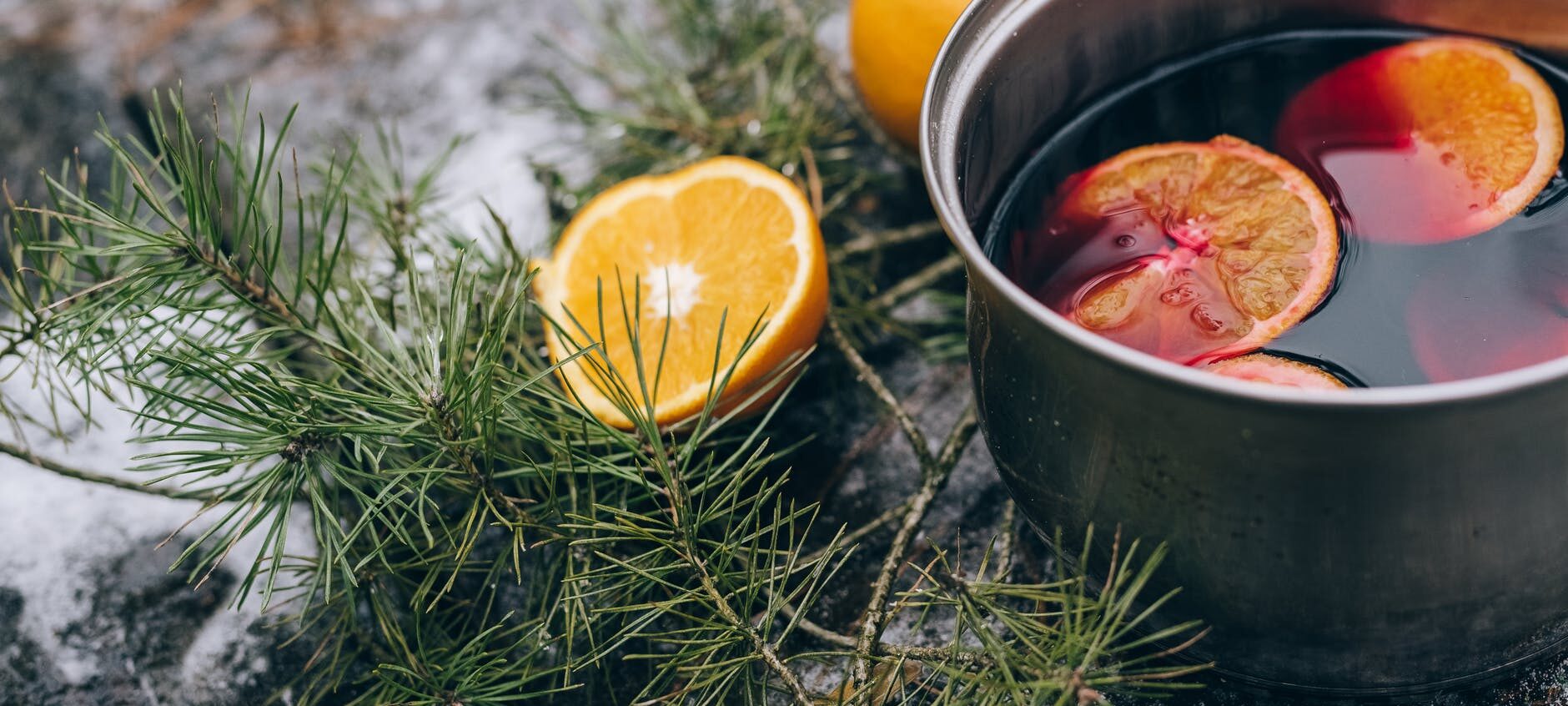Soma rasa is called as drink of Gods [1]. Drinking it, one becomes immortal and soul is purified of past Karma. It is said to be Amrita or elixir of life. It has been mentioned in Vedas and Bhagavad Gita [2]. Some say it is mixture of honey and herbal plants. While some say it is an extract from soma-latha (soma creeper). Some say it’s a intoxicant like mushrooms, LSD. While some say it a rare psychoactive substance. There are various theories around this magical potion.
He whom our Indra and the Marut host shall drink (soma), Bhaga shall drink with Aryarnan, By whom we bring to us Mitra and Varuna and Indra for our great defence.
– Rig Veda, Mandala 9, Hymn 108, Verse 14
Etymology
Soma (in Sanskrit, सोम) means “distill” / “moon”. Rasa (in Sanskrit, रस) means “sap”/ “essence” / “juice”. In Vedic tradition, soma refers to a plant based drink offered during rituals. Soma has also been mentioned in Zoroastrian tradition as Haoma with striking similarity referring to same drink, plant and divinity [3].
Significance in Yoga
Soma refers to “lunar” center, located in the head which radiates a vital fluid called Somarasa. It is salty, sour, bitter, milky and similar to honey and ghee, in taste. One can drive away disease, can destroy old age, can evade an attack of arms, can become thrice immortal and may attract fairies [4].
It is believed that when the hole behind the soft palate is stopped using Khechari mudra. By turning the tongue upwards, then bindu (semen) cannot leave its place even if a woman were embraced. When a Yogi drinks Soma rasa by sitting with the tongue turned backwards and concentrated mind, he conquers death within 15 days. If the Yogi, whose body is filled with Soma rasa were bitten by Taksaka (snake), it’s poison cannot infiltrate his body [4].
He who drinks the clear stream of liquor of the moon (soma) falling from the brain to the sixteen petalled lotus (in the heart), obtained by means of Prana, by placing the tongue into the hole of the pendant in the palate, and thus meditating on the serpent like power (Kundalini), becomes free from disease and tender in body, just like the stalk of a lotus. And therefore the Yogi lives a really long life. Soma rasa (nectar of Chandra) is concealed in a hole, on top of the Meru (spinal column). Wise people whose Sattva guna is predominant. And intellect isn’t overpowered by Tamas and Rajas gunas, says there’s atma (universal spirit) in it. [5]
Speculations
- During 1940, Jogesh Chandra Ray proposed that soma is cannabis.
- In 1968, Robert Gordon Wasson suggested that soma is fly-agaric mushroom.
- Harry Falk asserted that varieties of ephedra have properties of haoma in 1989.
- The ritual of Sōmayajña (soma rasa sacrifice) is held in temples of South India. It uses Cynanchum acidum for major ingredient of rasa.
- Terence Kemp McKenna suggested Psilocybe cubensis as soma rasa ingredient.
References
- mentioned in Nīlamata Purāṇa, Verse 1377
- Atharva Veda XI.6.15, XIX.39.5~6; Rig Veda I.91.22, VII.49.4, VIII.48.3, VIII.79.2~6, VIII.91.1, X.97.7; Soma Mandala: Ninth mandala of Rigveda (IX, 114 hymns); Bhagavad Gita, Chapter 9, Verse 20
- Avesta Hōm Yast, Yasna 9-11; Yašt 20
- Book: Hatha Yoga – The report of a personal experience, by Theos Bernard
- Book: The Mysterious Kundalini, by Vasant G. Rele
- Book: Sushruta Samhita, Volume 4, chapter 29, by Kaviraj Kunja Lal Bhishagratna
- Book: Gorakhnath and the Kanphata Yogis, chapter XV, by George Weston Briggs
